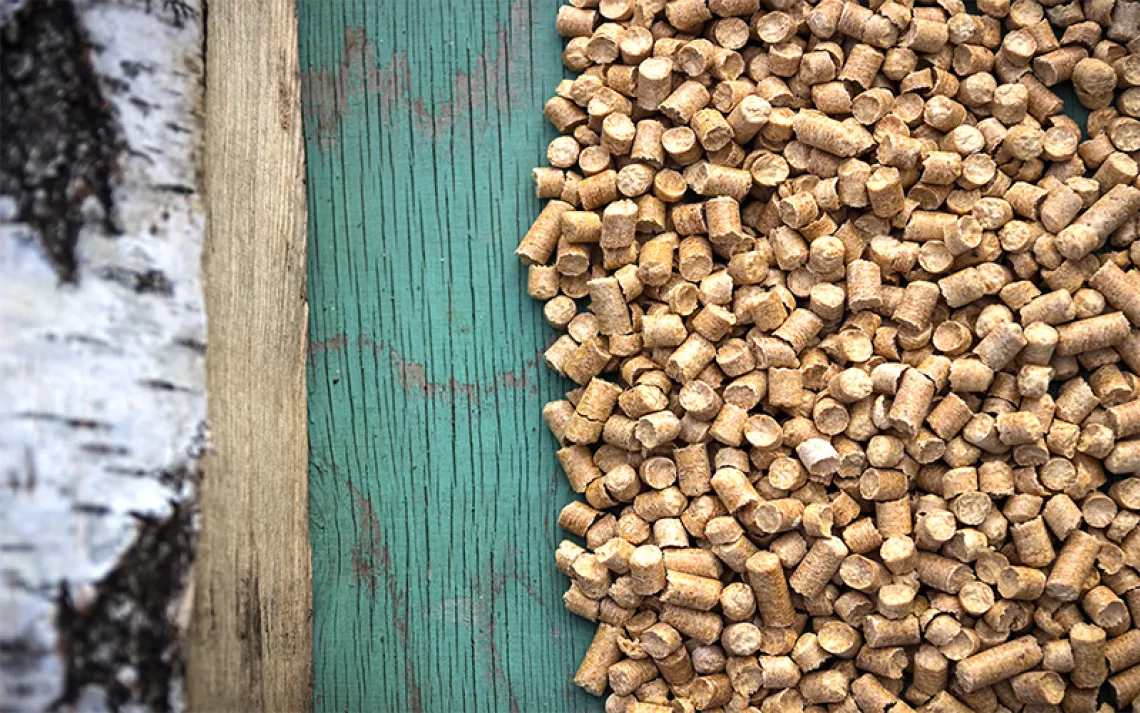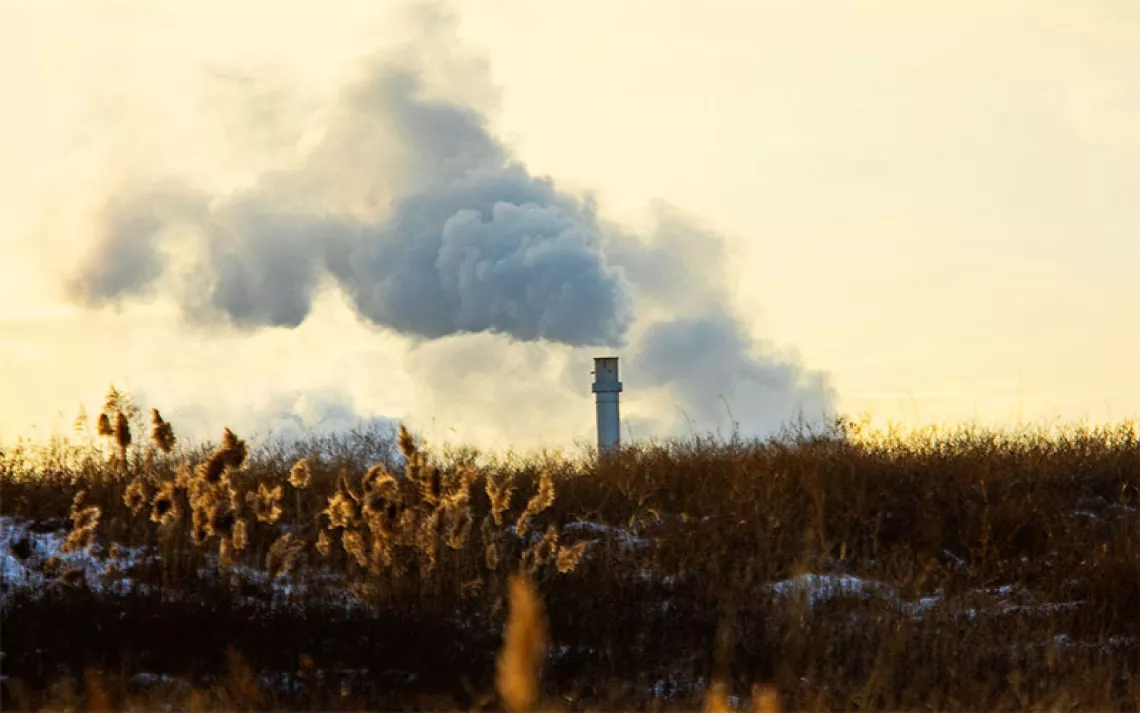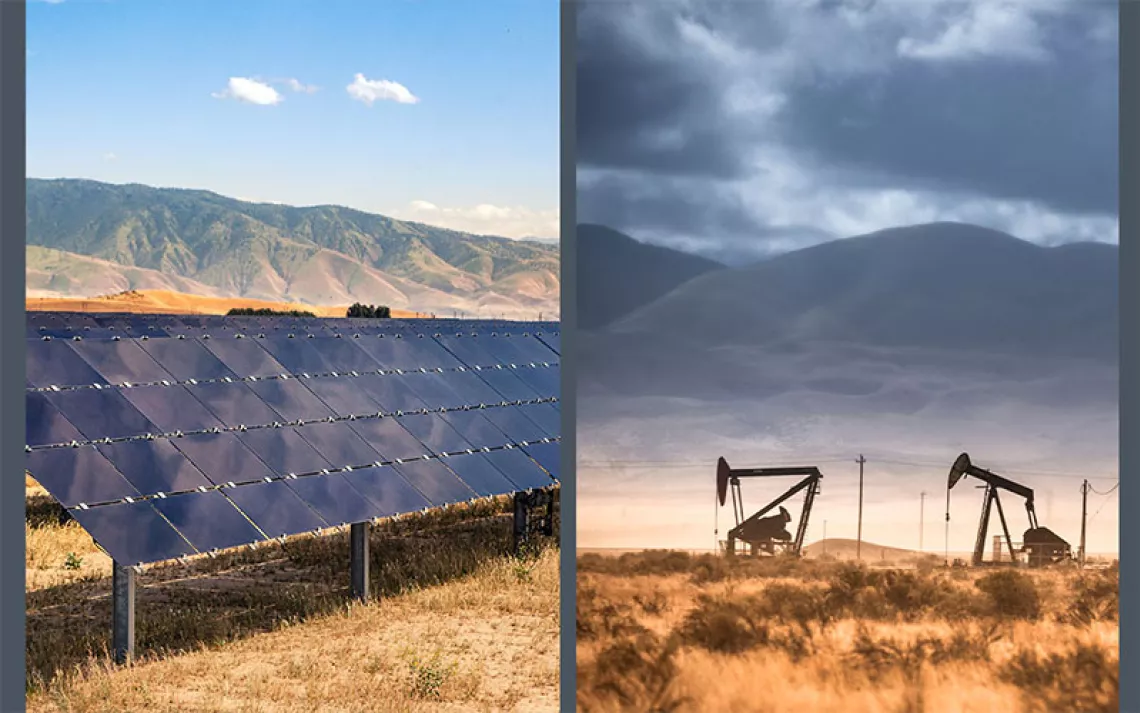What's More Earth-Friendly, a Pellet Stove or a Woodstove?
Mr. Green gets out his smoke detector

Photo by Irina Vodneva/iStock
Q: Hey Mr. Green! What's more earth-friendly, a pellet stove or a woodstove?
—Toby in Salem, Oregon
A: The pellet stove, which uses compressed wood or biomass pellets, wins out in the end, mainly because it emits only about a third as much dangerous fine-particulate matter as an EPA-approved stove that burns only wood. (The smallest and most lung-ravaging fine particulates are only 1/30th the diameter of a human hair.) Also, pellets are more sustainable than logs because they're made from sawdust and other wood waste. If you're just comparing woodstoves, know that any EPA-certified stove (see bit.ly/epastoves) can burn a third less wood to produce the same amount of heat than an old, noncertified stove manufactured before 1988.
Despite the EPA's efforts to persuade people to upgrade, more than 50 percent of woodstoves in use (about 5 million) are still older, less efficient models. The EPA estimates that if these antiques were replaced with cleaner-burning appliances, the country could save at least $56 billion a year in health benefits. Also, with their higher emissions, old, dirty stoves are capable arsonists: The leading factor in home-heating fires is a dirty chimney.
Old-fashioned fireplaces are even worse. They emit almost 60 times more fine-particulate matter than pellet stoves. Fireplaces do have a certain romantic charm, but I doubt that anyone wants a romance to devolve into wheezing sweet nothings.
For more information, check out the websites for the Hearth, Patio and Barbecue Association and the National Fireplace Institute. Nervous about the condition of your chimney? The Chimney Safety Institute of America recommends qualified inspectors.
 The Magazine of The Sierra Club
The Magazine of The Sierra Club



